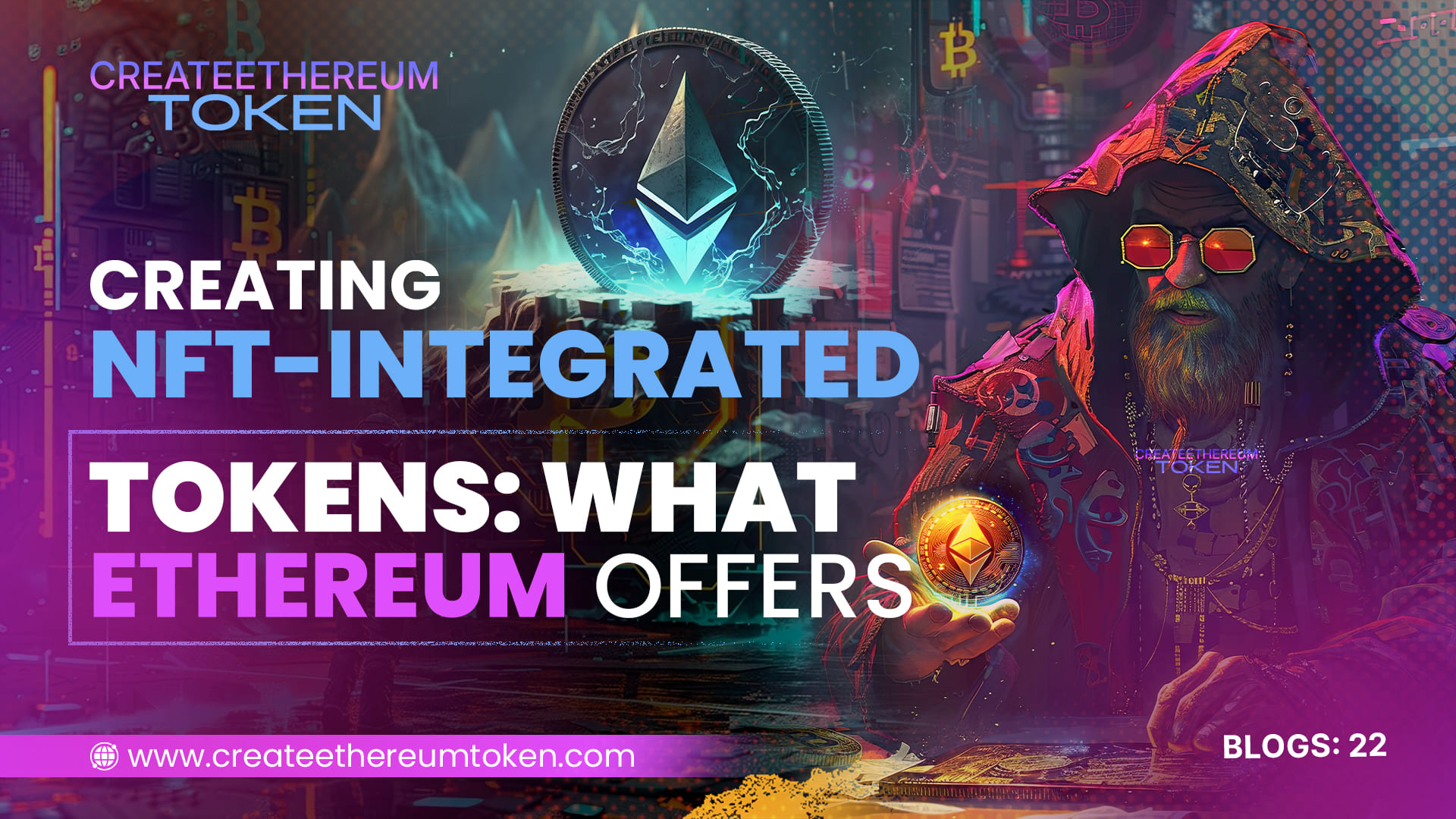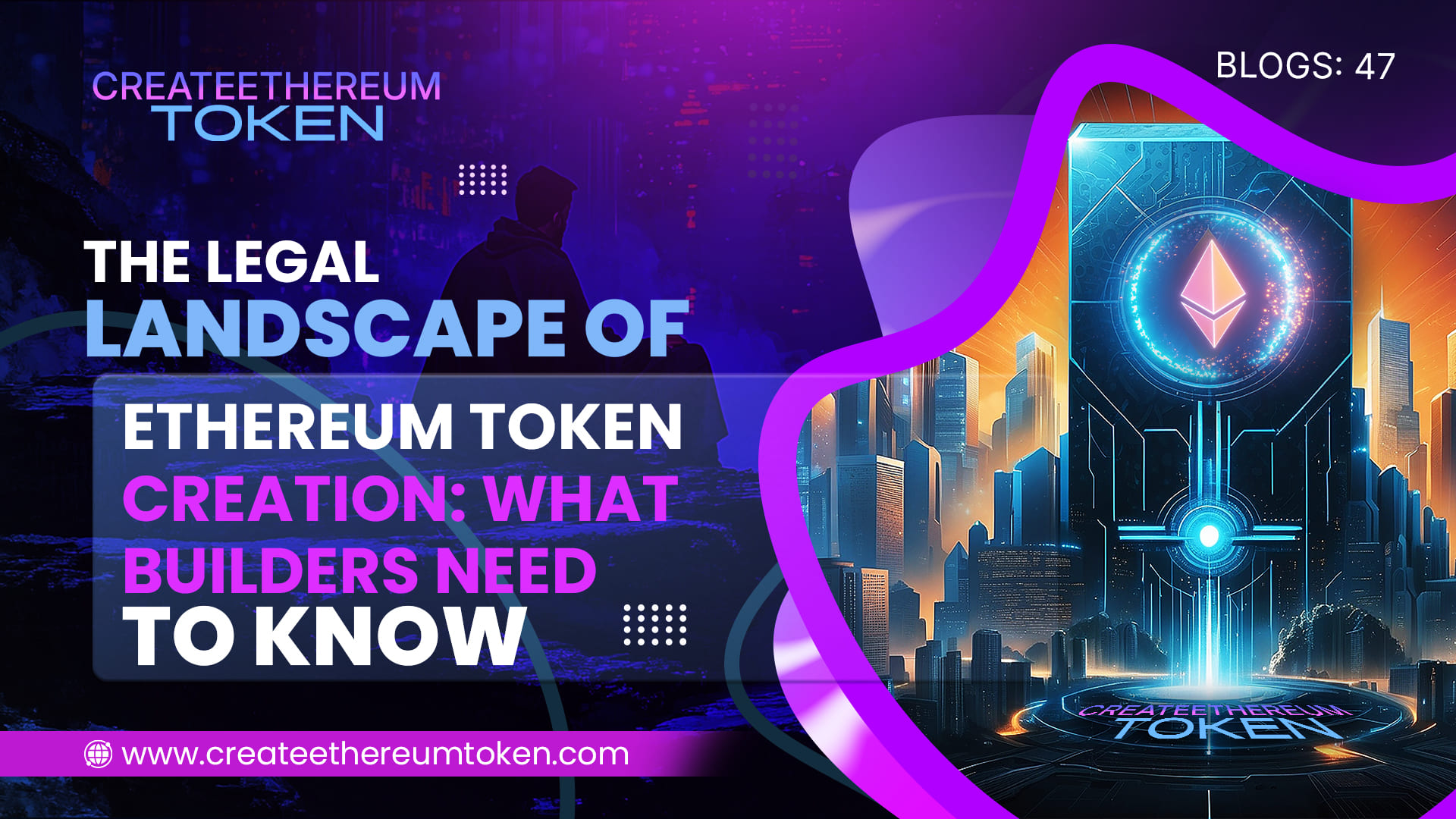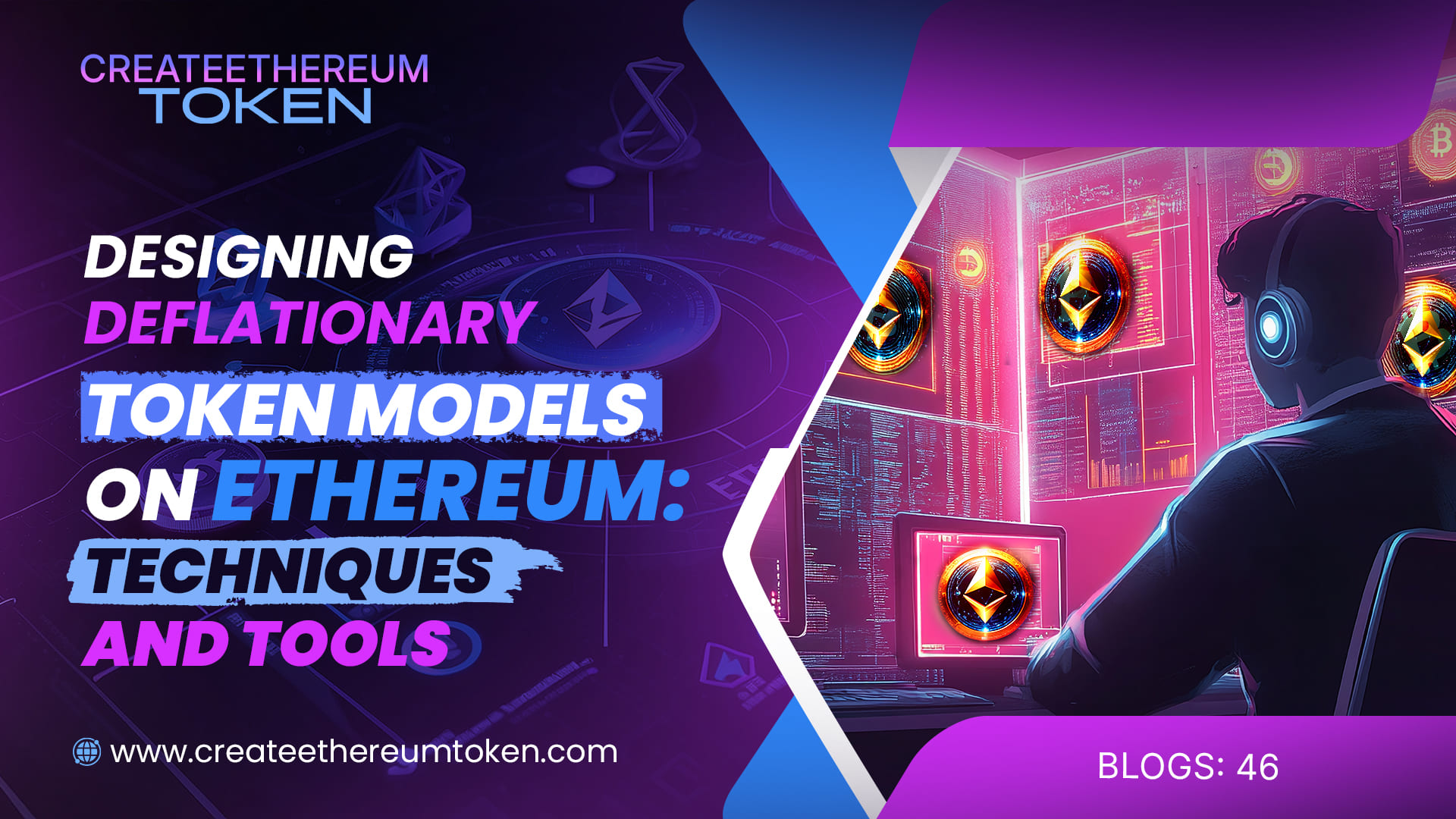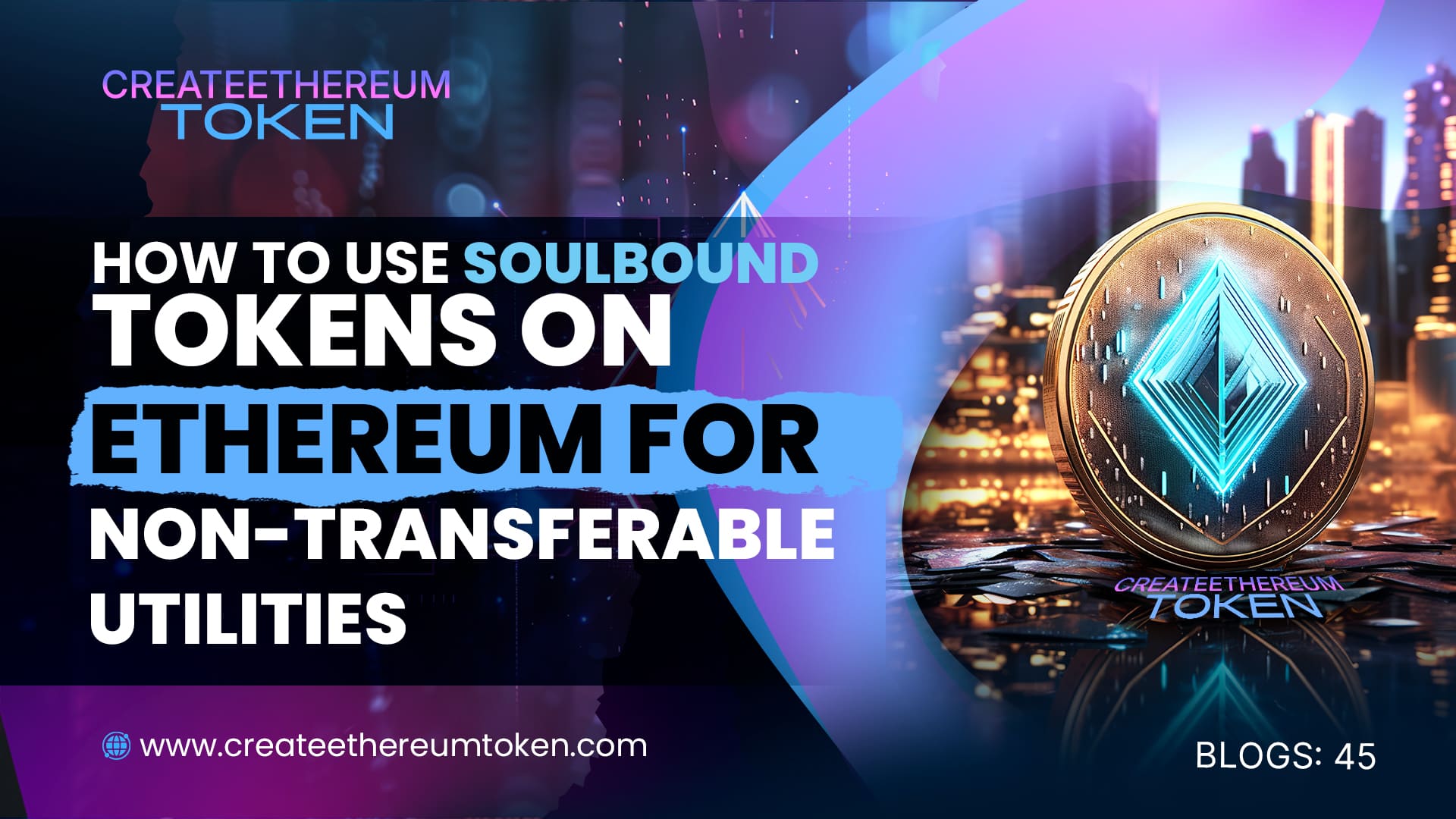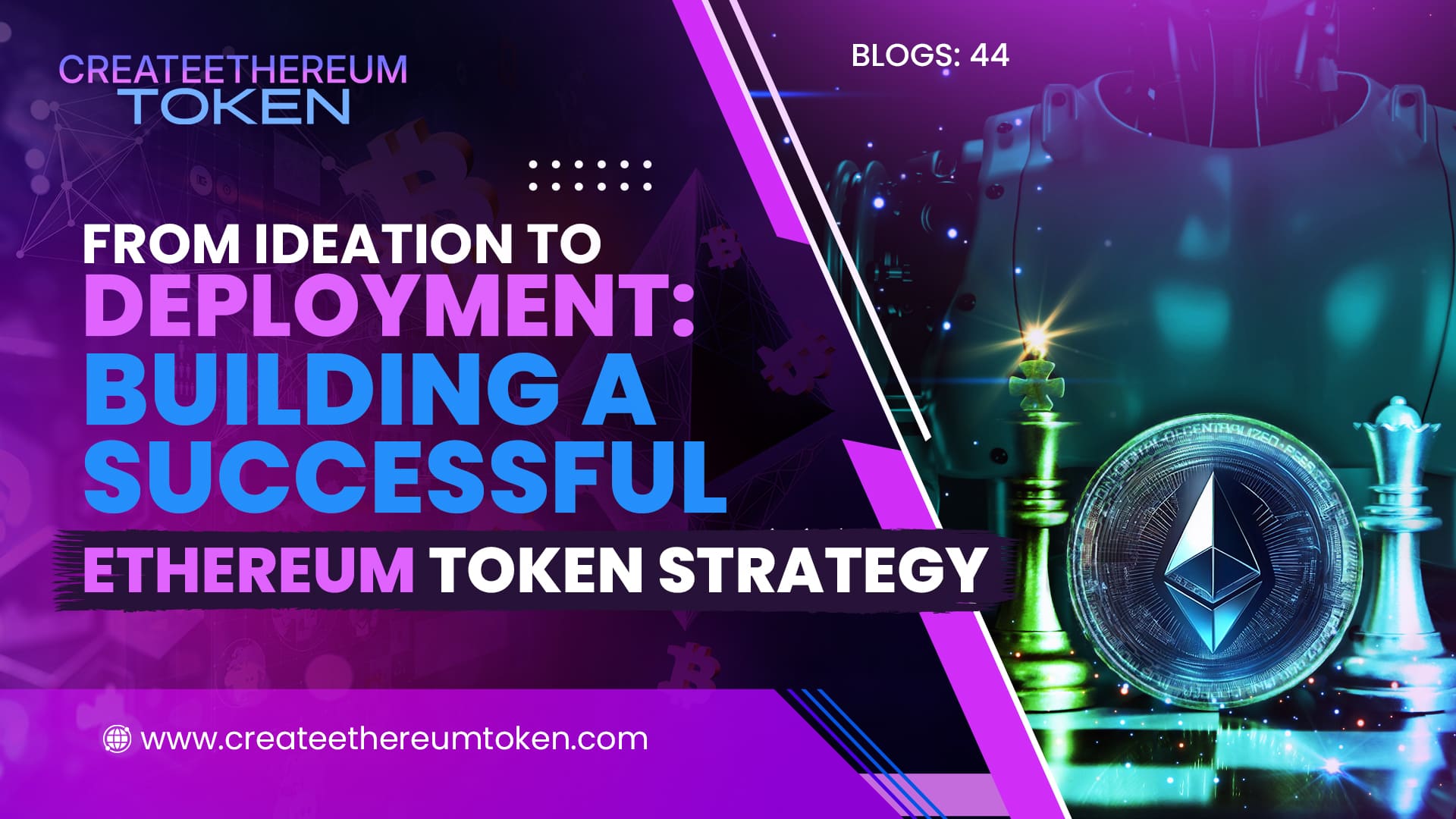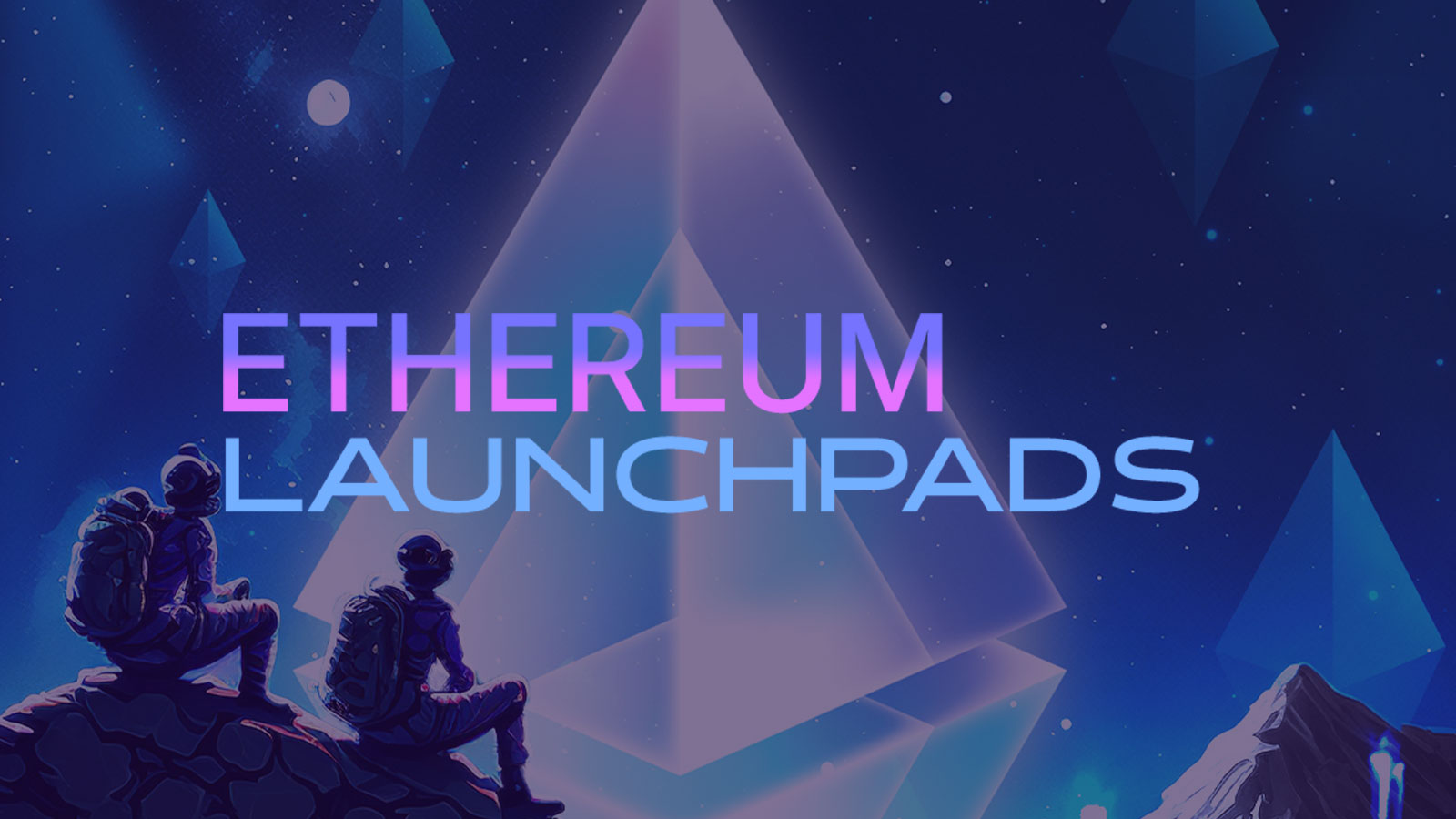December 29, 2024
Creating NFT-Integrated Tokens: What Ethereum Offers
Ethereum, as a pioneer in the blockchain space, has established itself as the go-to platform for creating and integrating tokens with non-fungible token (NFT) capabilities. By leveraging Ethereum’s robust ecosystem and token standards, developers can build NFT-integrated tokens that unlock innovative use cases across industries such as gaming, art, real estate, and more.
Why Choose Ethereum for NFT-Integrated Tokens?
- Proven Ecosystem:
Ethereum’s ecosystem is home to the largest NFT marketplaces, projects, and communities, making it a natural choice for integrating NFT functionalities. - Diverse Token Standards:
Ethereum supports various token standards like ERC-721, ERC-1155, and ERC-20, enabling seamless integration of fungible and non-fungible tokens into one project. - Smart Contract Versatility:
Ethereum’s smart contracts allow for customizable functionalities, such as royalties, fractional ownership, and dynamic metadata updates, which are essential for NFT-integrated tokens. - Interoperability:
Tokens on Ethereum benefit from interoperability within the ecosystem, making them compatible with wallets, dApps, and marketplaces.
Key Features of NFT-Integrated Tokens
- Ownership and Provenance:
NFT integration ensures unique ownership records for digital assets, providing transparency and security. - Customizable Metadata:
NFT-integrated tokens can include dynamic metadata, enabling updates to properties like art traits, game attributes, or real-world asset values. - Royalty Mechanisms:
Developers can program automatic royalties for creators, ensuring continuous revenue streams for secondary market sales. - Fractional Ownership:
By combining fungible tokens (ERC-20) with NFTs, projects can offer fractional ownership of high-value assets like real estate or rare collectibles.
Use Cases for NFT-Integrated Tokens
- Gaming Tokens:
Tokens can represent in-game assets, characters, or achievements while ensuring tradability and ownership for players. - Art and Collectibles:
NFT-integrated tokens allow artists to tokenize their work, ensuring authenticity and royalties while enabling collectors to trade unique items. - Virtual Real Estate:
Projects like metaverses use NFT-integrated tokens to represent ownership of virtual land, allowing for trading, leasing, and development. - Loyalty Programs:
Brands can use NFT-integrated tokens to reward customers with unique perks, collectibles, or experiences.
Ethereum Token Standards for NFT Integration
- ERC-721:
The most widely used standard for NFTs, allowing each token to have a unique identifier. Ideal for singular assets like art and collectibles. - ERC-1155:
A multi-token standard that supports both fungible and non-fungible tokens, enabling efficient batch transfers and reduced gas fees. - ERC-20:
Often combined with NFTs for governance, staking, or reward mechanisms in tokenized ecosystems.
Steps to Create NFT-Integrated Tokens on Ethereum
- Define Your Use Case:
Determine the purpose of your token and its NFT features, such as ownership, royalties, or gaming attributes. - Select the Right Standards:
Choose between ERC-721, ERC-1155, or a combination based on your project’s requirements. - Develop Smart Contracts:
Write and deploy smart contracts using tools like Solidity to program your token’s functionalities. - Mint Your Tokens:
Create your tokens and NFTs, ensuring metadata and properties align with your project goals. - Launch and Distribute:
Use Ethereum’s ecosystem of marketplaces and dApps to distribute your NFT-integrated tokens to users.
Challenges and Considerations
- Gas Fees:
While Ethereum’s Layer 2 solutions mitigate gas costs, developers must still optimize contracts for efficiency. - Security:
Ensure robust audits of smart contracts to prevent vulnerabilities and protect user assets. - User Education:
Educate users about NFT functionality and the benefits of token integration to drive adoption.
Conclusion
Ethereum’s rich ecosystem and innovative standards make it the ideal platform for creating NFT-integrated tokens. By combining the unique features of NFTs with the flexibility of fungible tokens, developers can unlock new possibilities and create value for their users across diverse industries.
